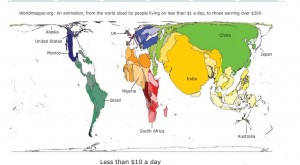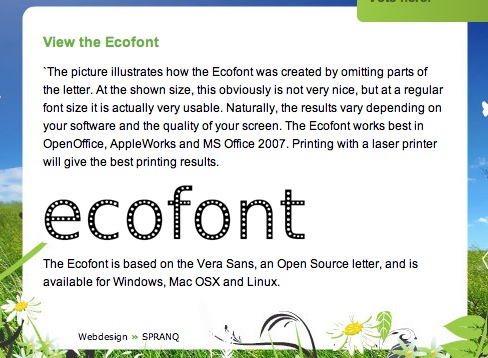Last May, the Economist carried an interesting report (now hidden, alas, behind a paywall) about technology developed by a Cambridge company.
TOUCH screens, once the preserve of science museums and ticket machines, have become commonly available on mobile phones thanks largely to the popularity of Apple’s iPhone. Now a novel hand-held device has been developed that can turn an inert tabletop into an interactive touch-screen. It could even end up being projected from a mobile phone.
The device developed by Light Blue Optics, a company spun out from Cambridge University in England, embodies a tiny projector and sensors that allow it not only to cast an image onto a flat surface but also to detect when the image is being touched. This makes it possible to press buttons, move and manipulate virtual objects such as photos and navigate between different screens, all just by touching the projected image.
Today, there’s a piece in Technology Review which shows how Light Blue Optics is finding ingenious applications for the technology, like this:

The new projection device, developed by Light Blue Optics, based in Cambridge, UK, uses a technique called holographic projection that allows it to be far smaller than current in-car HUD systems. “We can make an HUD so small you can put it into a rearview mirror or wing mirror,” says Edward Buckley, Light Blue Optics’s head of business development.
Details of Light Blue Optics’s prototype were presented today at the Society for Information Display’s Vehicles and Photons 2009 symposium, in Dearborn, MI. The prototype projects an image through a two-way wing mirror so that it appears to be about 2.5 meters away, superimposed over the reflected road scene. The picture appears to originate from a point in space in front of the mirror, only from a narrow perspective.
Existing HUDs require relatively large liquid-crystal arrays and optics to generate an image, says Buckley. “In a BMW 5 Series, the size is about five litres,” he says. “We can make it about one-tenth of the size. This means you can start to put these virtual image displays where you couldn’t previously.”





